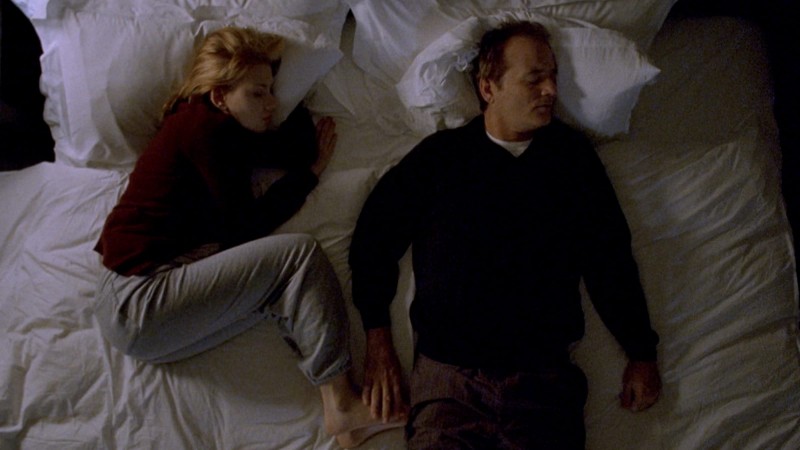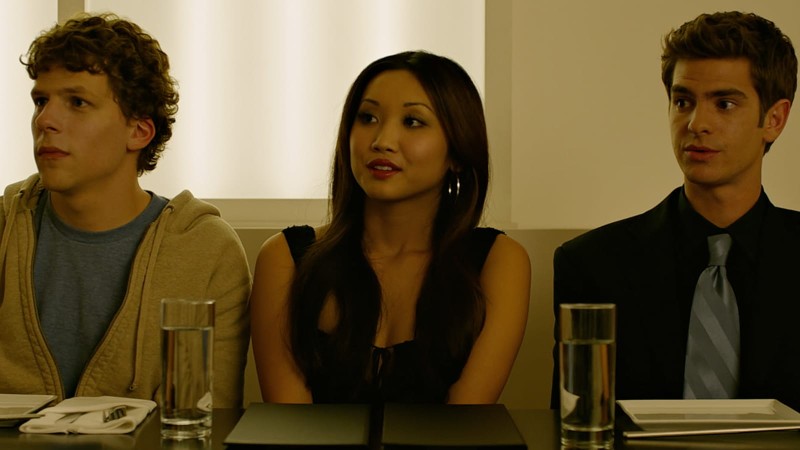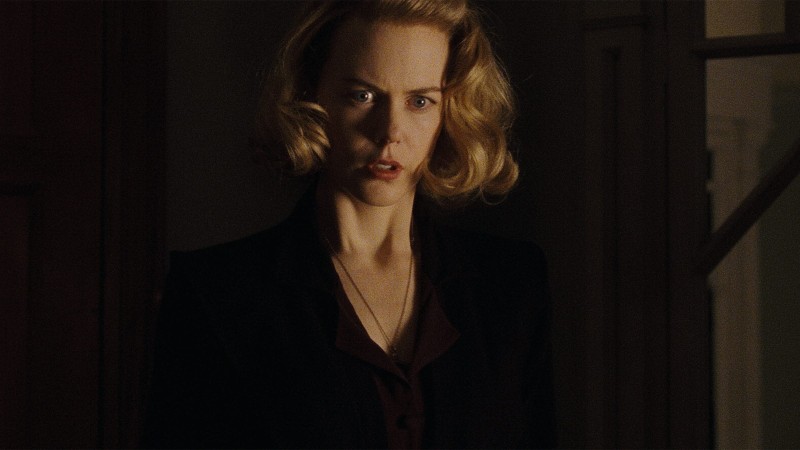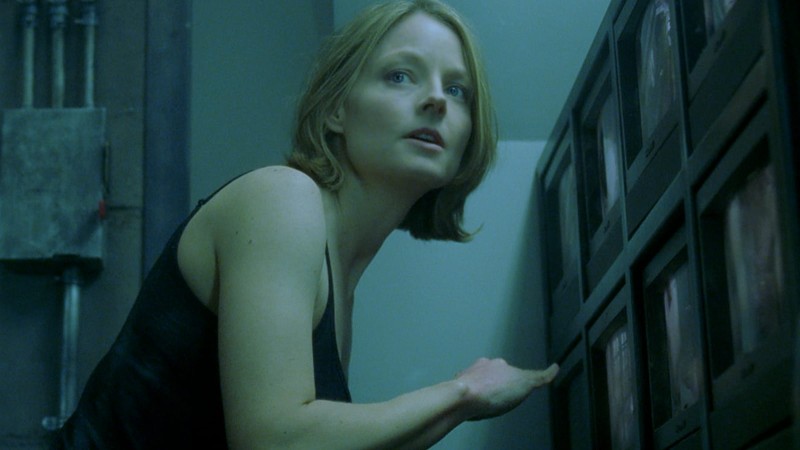Finding Expressive Freedom in Continuity Editing
Continuity editing, a standardized method of assembling shots in order to coherently tell a story, has been around almost as long as narrative cinema itself, and its conventions are still widely practiced around the world. In our latest episode of Observations on Film Art, now playing on the Criterion Channel on FilmStruck, scholar Jeff Smith walks us through the basics of this editing style, using a classic work of studio filmmaking as an example. William Dieterle’s 1941 film The Devil and Daniel Webster, a Faustian fever dream about a hard-working farmer who strikes an infernal bargain, shows that the “rules” of continuity editing need not be artistically constraining. As Smith illustrates, Dieterle and his editor Robert Wise—who was about to embark on his own directorial career—manage to adhere to norms of Hollywood-style cutting while also testing the limits of its dramatic potential, making richly expressive use of such garden-variety techniques as crosscuts and dissolves. Get a taste of the program in the above introduction, then head over to watch it in its entirety alongside our edition of the film.




